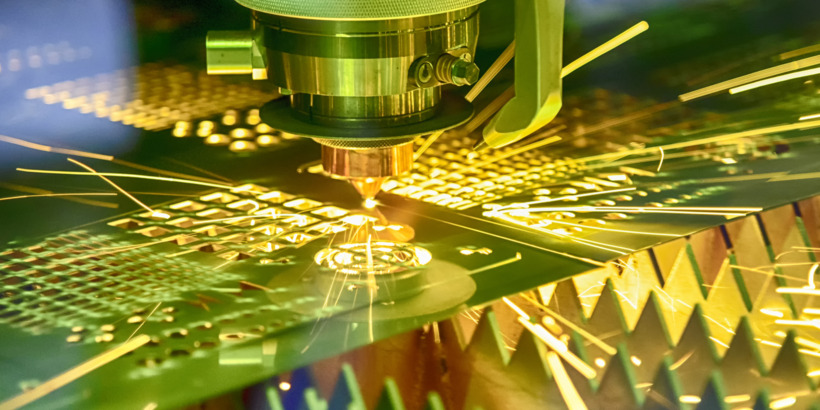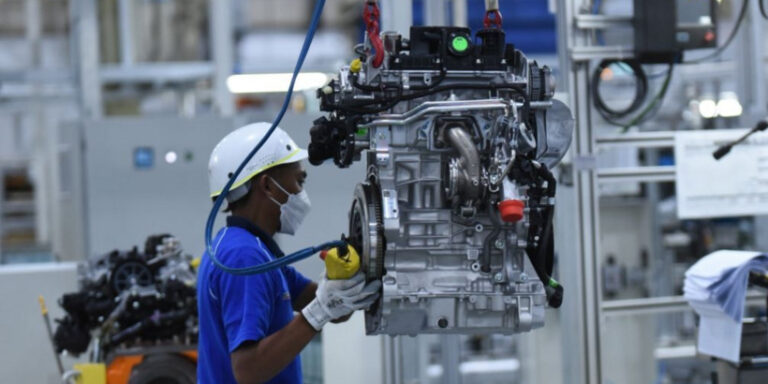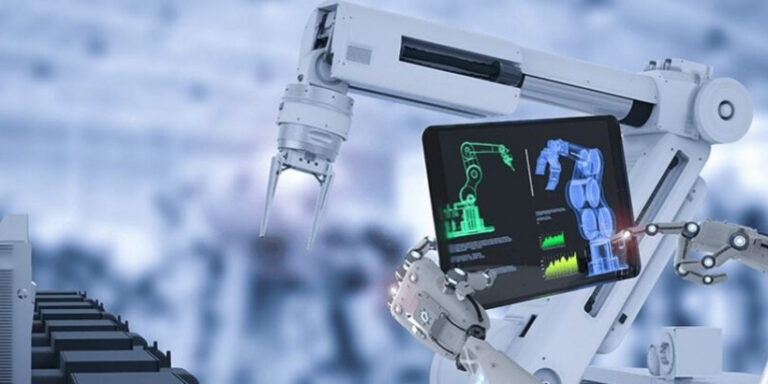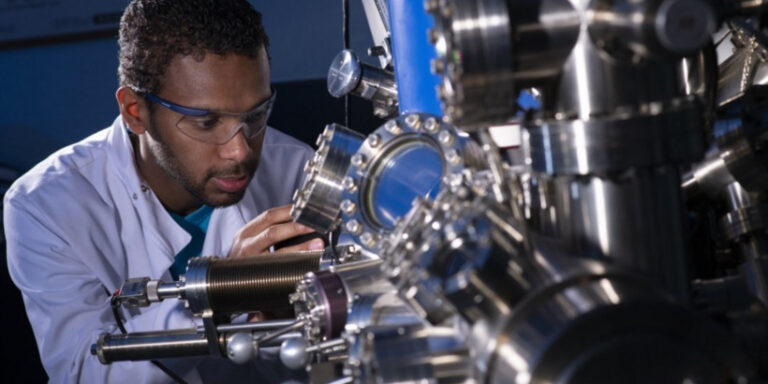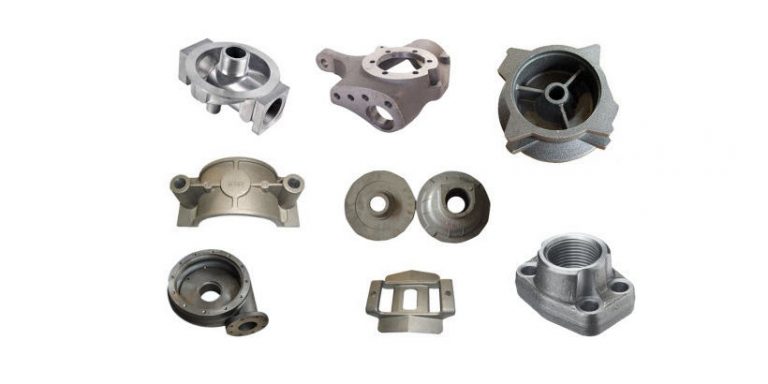The Importance Of Ergonomics In Mechanical Design
As a mechanical engineer, I know firsthand the importance of designing products that not only function well but also prioritize the comfort and safety of users. This is where ergonomics comes into play the science of designing products or systems to fit human capabilities and limitations.
In other words, it’s all about making sure that people can use your product without experiencing physical discomfort or harm.
Ergonomics is a crucial aspect of mechanical design because it directly impacts user experience. For instance, if you design a chair with poor ergonomics, users may experience back pain or strain after sitting in it for an extended period. Similarly, poorly designed tools can cause repetitive stress injuries like carpal tunnel syndrome.
By prioritizing ergonomic design principles, we can create products that are both efficient and safe for users. So let’s dive deeper into why ergonomics matters in mechanical design and what factors engineers should consider when implementing these principles into their work.
What Is Ergonomics?
Have you ever experienced discomfort or pain while using a tool or sitting in an uncomfortable chair for prolonged periods? If so, then you have encountered the negative effects of poor ergonomics.
Ergonomics is the study of how human behavior and physiology interact with tools, equipment, and work environments to ensure maximum efficiency and comfort.
By incorporating ergonomic tools into mechanical design, we can reduce the risk of injuries caused by repetitive motions or awkward postures that result from poorly designed equipment.
Understanding the importance of ergonomics is crucial not only for preventing injury but also for improving productivity and overall job satisfaction.
The Benefits Of Ergonomic Design
When it comes to mechanical design, incorporating ergonomic tools can make a world of difference in the user experience. Not only does it improve comfort and reduce strain on the body, but it also enhances productivity and efficiency.
Ergonomic design allows for easier and more intuitive use of equipment, reducing the risk of injury or discomfort during operation. By taking into account the physical capabilities and limitations of users, designers can create products that are more accessible and inclusive for all types of people.
So next time you’re designing a product or piece of machinery, don’t forget about the benefits that come with prioritizing ergonomics your users (and their bodies) will thank you.
Understanding Human Anatomy
As mechanical designers, we must understand the human anatomy to ensure that our designs are ergonomically sound.
Our bodies have a complex system of muscles, bones and joints that work together to carry out even the simplest tasks.
Understanding body mechanics is crucial in designing machines or tools that will be used by people for extended periods without causing them discomfort or pain.
Furthermore, anthropometry – the measurement of the human body – plays an essential role in ergonomic design as it allows us to create products tailored to specific demographics such as height, weight or age groups.
By keeping these factors in mind during the design process, we can help prevent workplace injuries caused by repetitive motion or prolonged use of equipment.
Ultimately, taking into account human anatomy when creating mechanical devices ensures not only comfort but also safety while using them.
Designing For Comfort And Safety
I’m really interested in how ergonomic design principles and workplace safety considerations play a role in designing for comfort and safety. Let’s talk about what those two principles mean, and how they can be applied to mechanical design.
Ergonomic Design Principles
Hey there! When it comes to mechanical design, one of the most important things to consider is ergonomics. This means that the product should be designed with the user’s comfort and safety in mind.
One key aspect of ergonomic design principles is body posture. The product should allow the user to maintain a comfortable and natural posture while using it for extended periods of time.
It’s also crucial to gather user feedback during the design process to ensure that their needs are being met. By incorporating these principles into mechanical design, we can create products that not only function well but also prioritize the health and wellbeing of those who use them.
Workplace Safety Considerations
Now let’s talk about another crucial aspect of designing for comfort and safety: workplace safety considerations.
As someone who has worked in various industries, I have seen firsthand the importance of considering workplace layout and conducting a thorough risk assessment when designing mechanical products.
A poorly designed workplace layout can lead to accidents, injuries, and even long-term health problems for employees. By taking into account factors such as lighting, ventilation, and noise levels, we can create a safer working environment that promotes employee wellbeing.
Additionally, incorporating risk assessments throughout the design process allows us to identify potential hazards and find ways to mitigate them before the product is released.
Overall, prioritizing workplace safety considerations not only benefits employees but also ensures the longevity and success of the product itself.
Factors To Consider During The Design Process
When designing a mechanical system or product, it is essential to consider various factors during the design process.
Effective communication between designers and end-users can provide valuable feedback on how to improve ergonomics in products.
It’s important not only to make sure that the product works correctly but also that it doesn’t cause harm to users in any way.
One crucial aspect of this is mental wellbeing, as using poorly designed products can lead to frustration and discomfort over extended periods.
As such, taking into account how people will use these devices when designing them is vital.
- Consider user feedback when developing designs
- Ensure products are safe for use
- Prioritize user comfort and satisfaction
- Take note of potential impact on mental wellbeing
Incorporating these considerations into your design approach can help you create ergonomic solutions that meet both functional requirements and user needs alike.
By doing so, you’ll be able to develop better products while enhancing the well-being of those who use them.
Using Ergonomics To Improve Productivity
Just like a chef needs sharp knives to prepare their ingredients efficiently, designers need ergonomic tools and equipment to increase productivity.
Time is money, and in the fast-paced world we live in today, every second counts.
By incorporating ergonomics into mechanical design, we can create task-oriented products that are not only comfortable for users but also help reduce fatigue and strain.
This leads to an increase in work efficiency, saving time and ultimately increasing profits for businesses.
When workers feel comfortable while performing tasks with proper posture and positioning of equipment, they are less likely to suffer from injuries caused by repetitive motions or overexertion.
Implementing ergonomics in product development is a win-win situation as it benefits both the end-users and manufacturers alike, making it an essential aspect of modern-day engineering practices.
The Future Of Ergonomics In Mechanical Design
As we move towards the future, the significance of ergonomics in mechanical design will undoubtedly increase.
With advancements in technology and automation, human-machine interaction has become more prevalent than ever before.
It is crucial that designers consider not only how their products function but also how they interact with users.
Design optimization should focus on creating a seamless experience for the user, while taking into account factors such as comfort and safety.
The goal is to create products that enhance our lives without causing unnecessary harm or discomfort.
As we continue to push boundaries in engineering and design, it is imperative that we prioritize ergonomic principles to ensure that innovation does not come at the expense of human well-being.
Conclusion
In conclusion, I believe that incorporating ergonomics in mechanical design is essential for creating products that are not only functional but also comfortable and safe to use.
As someone who has experienced the discomfort of using poorly designed tools or furniture, I understand firsthand how much difference a well-designed product can make.
To me, designing with ergonomics in mind means taking into account the human body’s natural movements and limitations. It’s about creating products that work with us rather than against us, providing support where needed and allowing for easy adjustments.
When done right, ergonomic design can greatly enhance our productivity and overall wellbeing.
Looking ahead, I am excited to see how technology will continue to advance the field of ergonomics. With new materials and manufacturing techniques emerging every day, there is no doubt that we’ll be able to create even more innovative designs in the future.
And as someone who values both form and function, I’m eager to see what kind of beautiful yet practical products will come out of this ongoing evolution.
